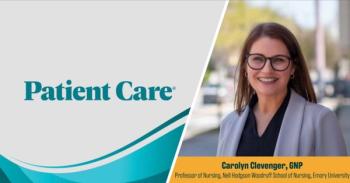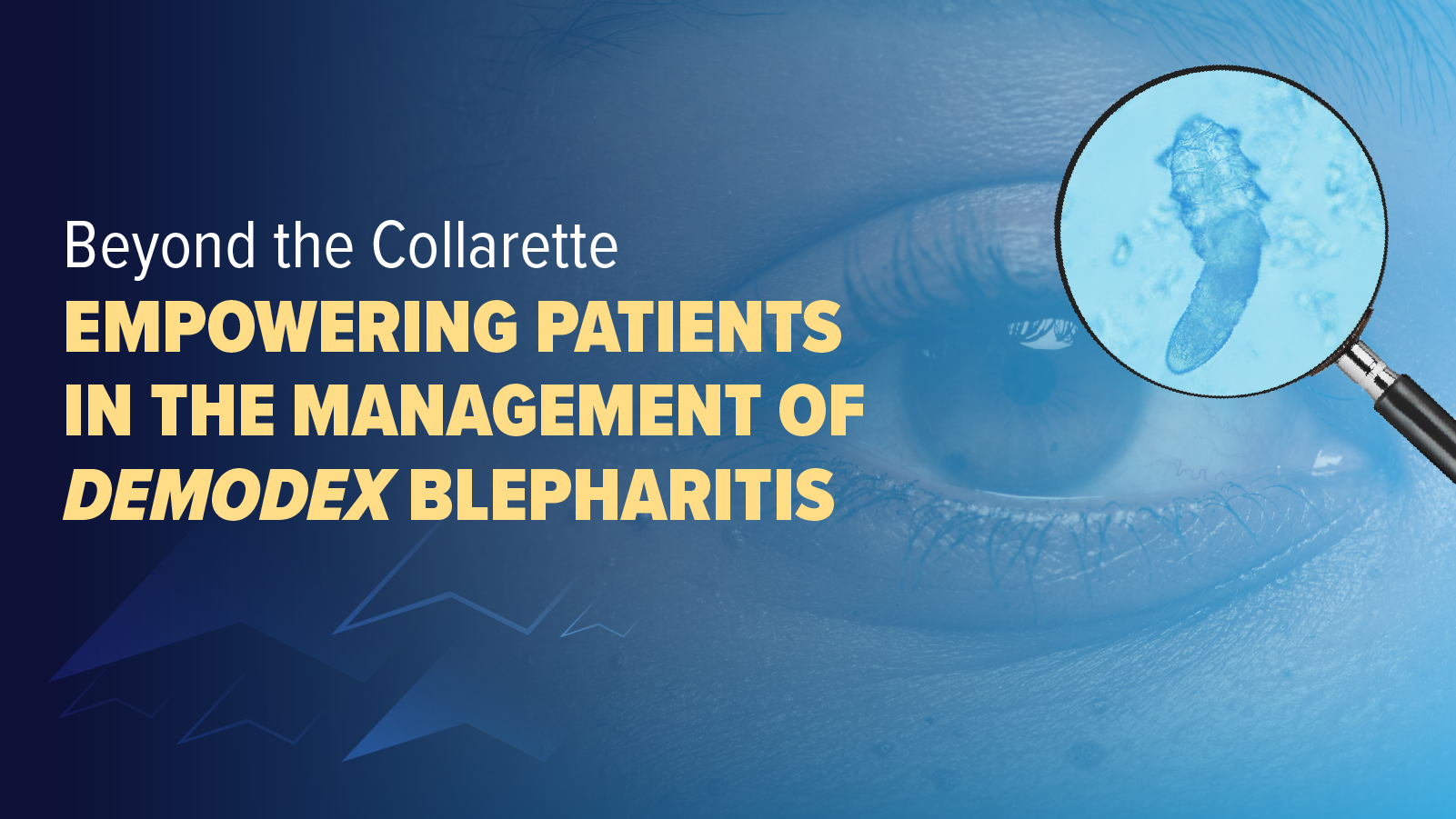
Monu Khanna, MD, on Why Cardiometabolic Screening Must Start Early in Patients with Obesity
Dr Khanna urges early screening for cardiometabolic risk in patients with obesity and highlights the role of primary care in prevention and education.
In this interview with Patient Care Online, Monu Khanna, MD, a board-certified obesity medicine and internal medicine expert, underscores the urgent need for early detection and prevention of cardiometabolic disease in individuals with obesity. Citing data showing that 93% of US adults have suboptimal cardiometabolic health, Dr Khanna explains how central obesity, hypertension, cholesterol levels, and diabetes all contribute to cardiovascular risk. She emphasizes the critical role of primary care—and even early childhood education—in helping patients adopt lifelong habits that can reduce their risk of chronic disease.
The following transcript has been edited for clarity, flow, and style.
Patient Care: Can you discuss the importance of early detection and screening for cardiometabolic risk factors in patients with obesity?
Monu Khanna, MD: Obesity and cardiometabolic risk factors go hand in hand. If you look at the data, it’s very discouraging—93% of US adults have suboptimal cardiometabolic health. That means only 7% don’t show evidence of cardiometabolic risk. That number alone tells us how widespread the issue is.
The risk factors we look for include truncal adiposity—carrying weight around the belly—blood pressure, cholesterol levels, diabetes, and other contributors to cardiovascular risk. One in every five deaths is related to cardiovascular disease. It’s amazing how all these chronic conditions compound one another.
When we talk about prevention, it’s always better than management. Awareness and education are key, and most of that starts in the primary care setting. It can even begin earlier—in schools—by teaching kids about better food choices, encouraging physical activity, and finding ways to make movement fun, whether it’s jumping rope or playing in gym class.
These simple strategies go a long way. Cardiovascular risk also varies by ethnicity, and some populations are more affected than others. The more we talk about it and raise awareness, the better we can be at preventing it.
As we age, our risk increases, so we really have to start early. Even with toddlers—after they eat, encourage them to get up, move around, dance, laugh. Laughter is an important part of stress control, too.
Newsletter
Enhance your clinical practice with the Patient Care newsletter, offering the latest evidence-based guidelines, diagnostic insights, and treatment strategies for primary care physicians.

















































































































































































































































































